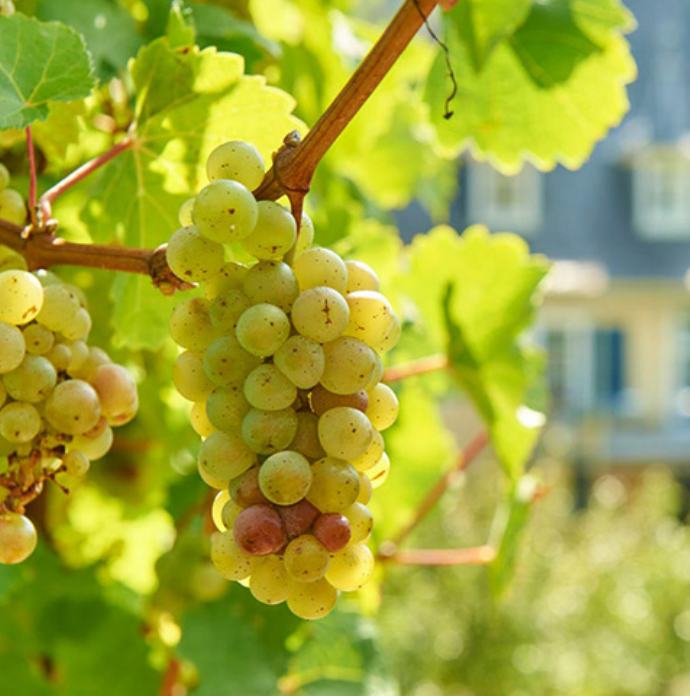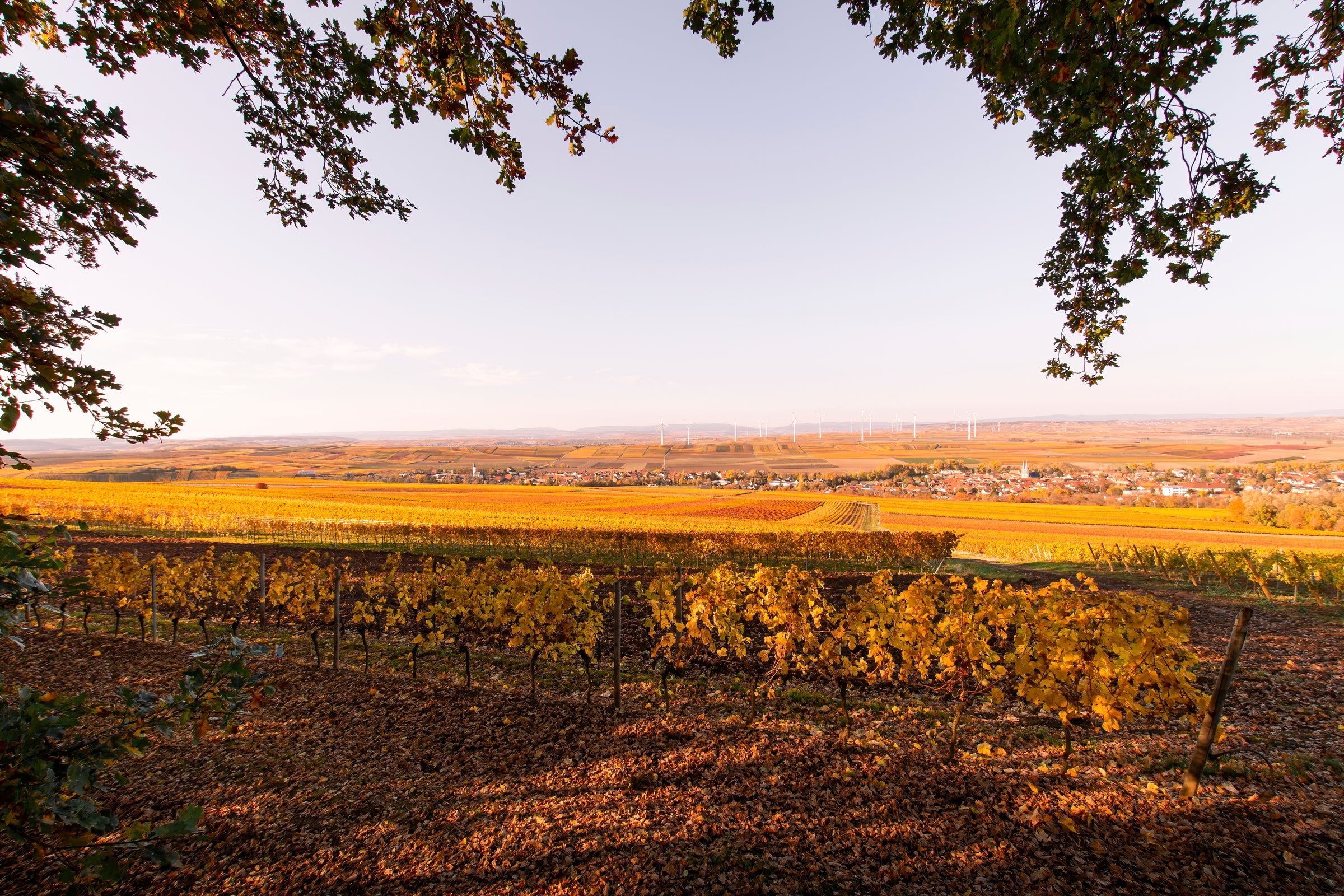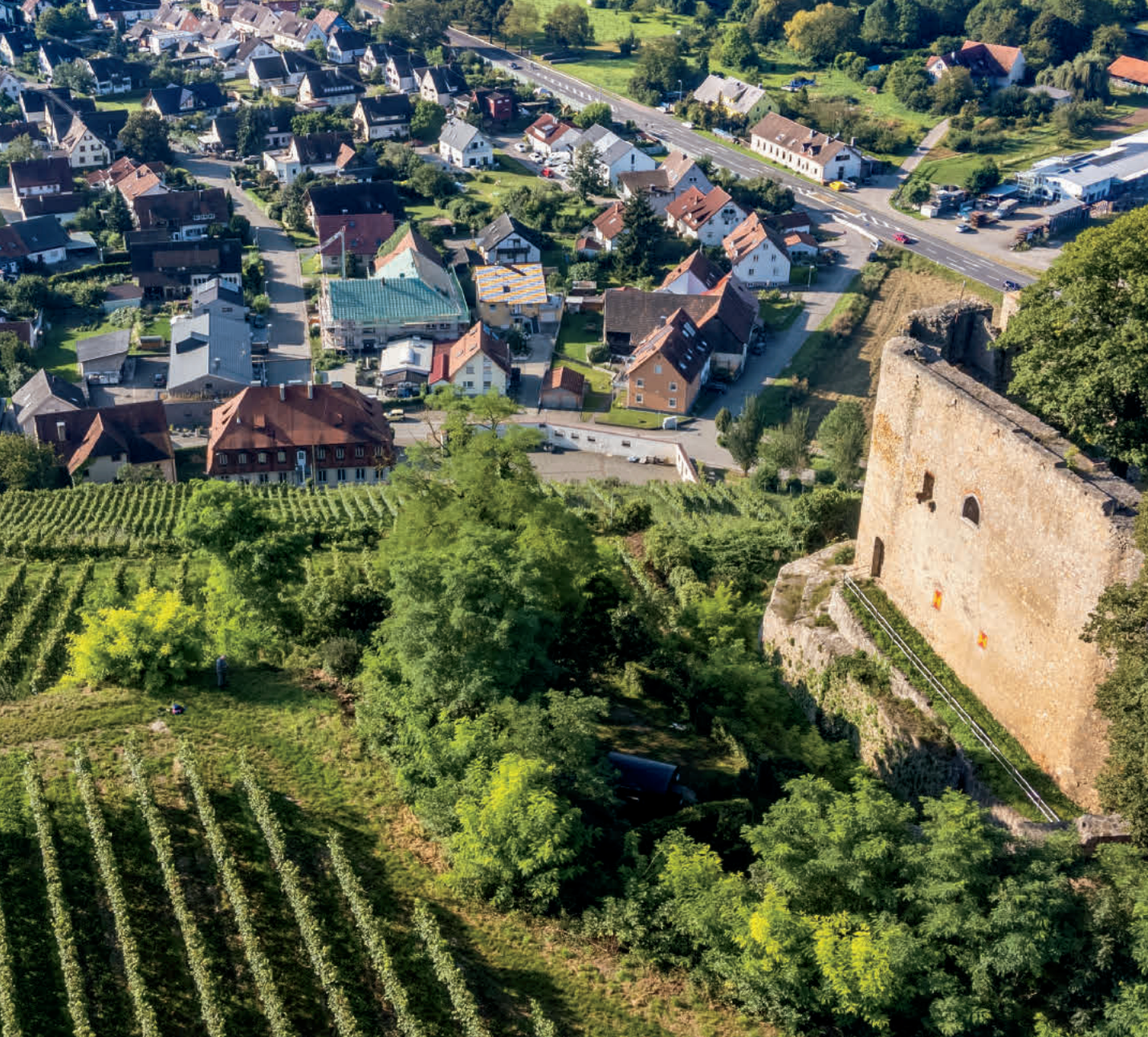If you’re still confused as to why many Master Sommeliers choose Riesling as their favorite grape, Bollig-Lehnert’s “Weiherbach” Riesling will put your doubts to bed. For less than $20, this grape delivers inimitable terroir from the Mosel’s steep slate slopes, a beautiful marriage between minerality and pristine fruit, and the impossible balancing act of refreshing tension from start to finish.
Now nearing five years of age from the phenomenal 2013 vintage, it’s showing classic Riesling minerality alongside a jaw-dropping array of sun-kissed fruit. No other grape can achieve the endless depths Riesling does at this price, and Bollig-Lehnert makes sure to back that claim. I visited this tiny, family-owned estate during my recent overseas adventures and was dumbfounded to learn just how small-production it was. With such shockingly affordable prices, I was expecting a full-on factory churning out bottles every other second. Well, it was quite the opposite: The underground cellar I toured was no larger than my living room with a dozen or so casks lining the wall and various winemaking tools. “Weiherbach” is a perfect example of why the grape is so beloved in the upper echelons of the wine world and, as you all know, it pairs superbly with just about anything on the planet. Do yourself a big favor and grab a case of this Riesling.
Founded by Günter & Josepha Bollig in 1960, Bollig-Lehnert, more than likely, is a name unknown to most people, largely due to the small production coming out of this family-run estate. However, family records indicate that their ancestors were crafting Riesling here way back in the 1600s! Prior to their marriage, Günter Bollig had vineyards in Trittenheim and Josepha Lehnert owned vineyards in both Dhron and Piesport. So, upon saying their vows, their surnames and vineyard holdings merged. Currently, Stefan Bollig and his wife have been running this humble estate and its 18 acres throughout the aforementioned towns for over 30 years. All three towns follow a contiguous vertical line down the Mosel river and each of their holdings are situated on vertiginous slate slopes. Despite their tiny size, the Bolligs have made heavy financial investments, making sure to tend their vines by hand and extract only the purest juice in the winery with the addition of new stainless steel equipment.
Today’s “Weiherbach” will also be a new name for most. The name is taken after a spindly brook that merges with the Mosel River at the north end of Trittenheim. The vineyard of prominence here is Altärchen and Bollig-Lehnert’s prized south/southwest-facing parcel within this site is also called “Weiherbach.” Got all that? Soils here are classic Mosel slate, but they aren’t red or blue—rather, grey, and the Bolligs make sure this ancient terroir is aerated via gentle plowing. After hand harvesting their coveted parcel, grapes are transported to the winery in small bins to avoid any premature bleeding and/or fermentation. They are lightly pressed and fermented with native yeasts in upright Fuders and steel tanks where prolonged aging occurs on the lees for several months or longer. Prior to bottling, it is lightly filtered without fining.
Stefan’s “Weiherbach” shines a deep yellow with slivers of green flashing out to a silver-tipped rim. The 2013 vintage—one of my favorites in the last decade—comes through loud and clear here with ripe peach, mango, green apple skin, lime blossoms, sweet lemon, raw honey, tangerine, crushed stones, petrol, flint, and wet slate. The palate is streamlined, stylish, and impressively electric. Mosel’s classic magic trick is on full display here, too: The perceived sweetness lingers only some seconds before the natural acidity and minerality rush forward to even out the balancing act, leaving you with a dry, refreshing finish. “Weiherbach” is ripe, addictive, and one of the finest whites you can drink to combat any heat wave thrown your way this summer. The wine finishes refreshingly smooth and, seeing how put together it is on year five, I have no doubt it will continue evolving beautifully over the next decade and beyond. Serve in Riesling or all-purpose stems and keep the drinking temperature hovering around 45-50 degrees. No need to rack your brain for a pairing, keep it simple and filling with the attached chicken massaman curry dish. Cheers!






